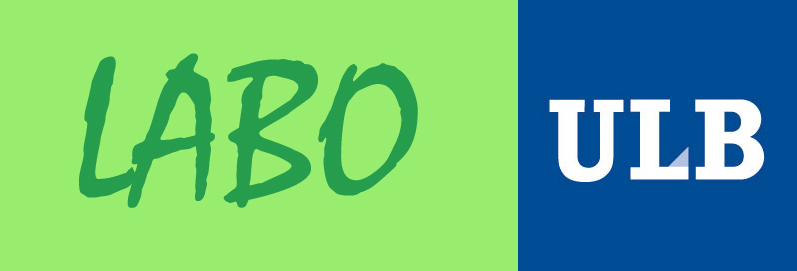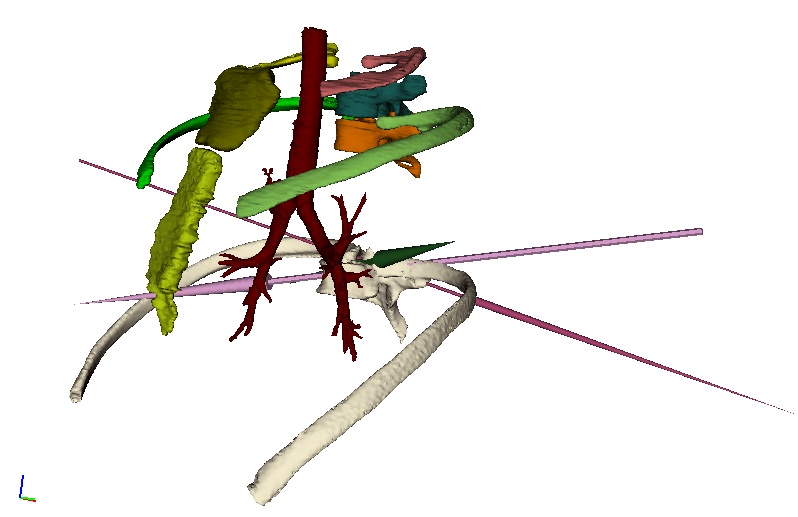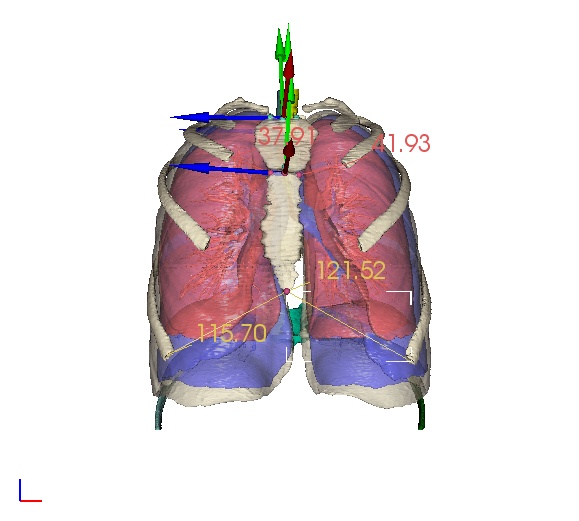3D musculo-skeletal modeling of Human thorax based on Anthropometrical and Kinematics analysis
The aim of this study is to develop a 3D model of bony and muscular structures of the thorax in different motion patterns, breathing, and rotation of the trunk. Two group of structures are investigated, first is the thoracic spine, and secondly a special attention is given to the costovertebral joint (CVJ) complex. The biomechanical aspects are investigated for a better fundamental understanding of those structures but also in a clinically oriented mind concerning different fields as physical therapy, manual therapy, and thoracic surgery. In vivo and In vitro protocols are used to create database and simulation of different kinematics patterns.
A primary work is in progress concerning anthropometrical and kinematic analysis of segmentary CVJ complexes. In vivo CT scans at three different lung volumes (TLC = total lung capacity; MIC = middle of inspiratory; FRC = functional residual capacity) are analysed. Virtual palpation of anatomical landmarks allowed to create CVJ specific anatomical frames and to express kinematics.
A second topic concern the rotation of the complete thorax. This In vitro protocol is based on cadavers study; three discretes positions are obtain from CT scans between neutral position and maximal unilateral rotation. The aim is to create a 3D model of CVJ behavior during rotation as used for example in clinical testing in different chest wall pain.
Computational anatomy results: the displacement of all visible structures (bones and soft tissue) is available. Click here for a video that shows the in-vivo displacement of all costo-chondral joints during breathing. |
|
Need more information? Please contact ![]() !
!
 Laboratory of Anatomy, Biomechanics and Organogenesis
Laboratory of Anatomy, Biomechanics and Organogenesis
